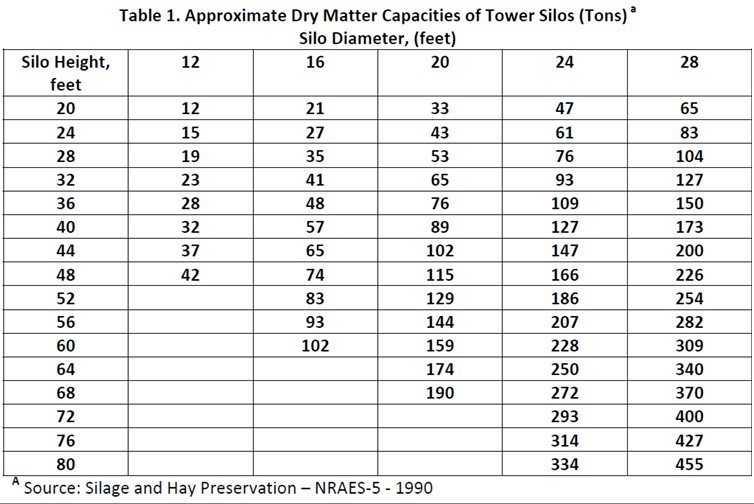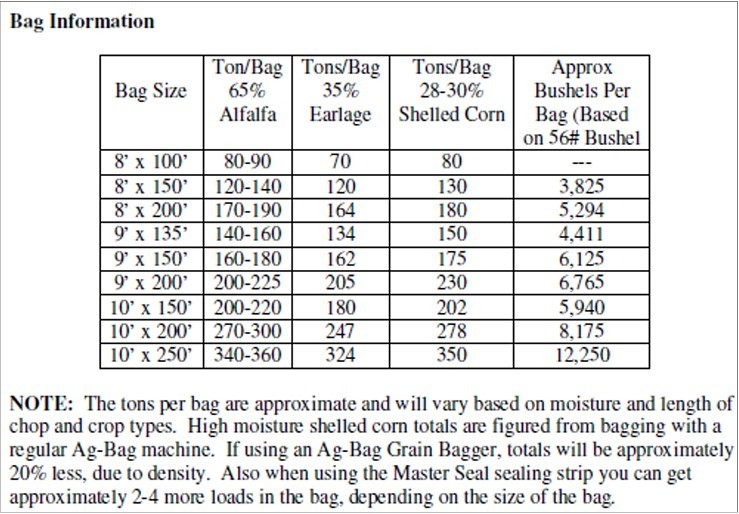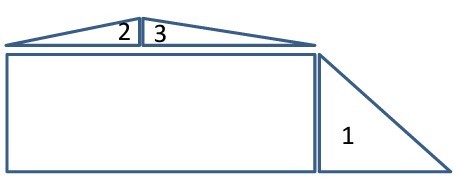Inventorying Forage
Article written by Joe Lawrence: PRO-DAIRY Forage Systems Specialist
With low forage yields, knowing what you have in inventory is critical to plan for how to best manage this feed to get through the coming year. It will affect decisions such as:
- Do I have enough feed for the milking herd and young stock?
- Do I need to look at fillers for the ration to stretch forage inventories?
- Should I cull unproductive animals?
- Do I have more youngstock than I need?
First, you can calculate just how much forage you need by calculating what you are feeding each day, and how many days you will need to feed prior to next year's harvest. Helpful tools to calculate inventory needs are at: http://www.ansci.cornell.edu/d...
If you have a fixed structure such as an upright silo, you likely know in general how long a full silo will last, though the dry matter (DM) content of forage can have a large impact on just how much feed is there and how long it will last.
Upright Silos
For tower silos, Table 1 shown here is from the Cornell Dairy Nutrition Factsheet series "Determining your current forage inventory" located on the web at: http://www.ansci.cornell.edu/d.... This website offers a number of other helpful factsheets related to forages and feeding, as well as worksheets to print and fill in your own numbers to help make calculations for your herd.

Ag Bags
The Miller Ag Bag Company http://www.agbagplastic.com/pd... has a factsheet with the approximate capacities of Ag Bags. Below is a table from their factsheet.

Bunkers and Drive-over Piles
Horizontal silos can be the most difficult to determine inventories for, but that shouldn't stop you from determining them. There are two main factors to determine how much silage is in a pile; total cubic feet of silage in the storage and the density (pounds per cubic feet) of the feed. We have discussed several times the importance of achieving high densities to reduce storage and quality losses, but regardless of what density you were able to achieve, the most important factor when determining inventories is to use the most realistic estimate you can as to not over or under estimate the amount of forage in storage.
There are a few ways to determine density. Samples can be taken from the bunk face, using a tool such as the Dairy One Master Forage probe. Care needs to be taken with this method as working around the face of the bunk can be dangerous. A second approach is to use a density calculation tool from the University of Wisconsin Team Forage. This tool can be found at: http://www.uwex.edu/ces/crops/... or contact CCE to work through the spreadsheet with you. The spreadsheet can be very accurate, but it depends on the accuracy of the numbers you put into the spreadsheet. To use the spreadsheet you need information such as weight of packing tractors, delivery rate of forage to the bunk, size of the bunk, and layer thickness of silage while packing.
Determining the cubic footage comes down to a math problem (cubic feet = lengths x width x height). Since most bunks are not nice even sided boxes, it is best to tackle the storage by ! breaking it into squares, rectangles and triangles. Here is an example of a bunk with side walls and a back wall, a ramp on the front and a sloping top. Though the top may be a little more rounded, in reality you can do the best to measure it as a triangle. Since a right triangle is one half of a square or rectangle, the calculation for the cubic footage of a triangle = ½ (length x width x height). So, for this example the total is:

Rectangle = length x width x height
plus
Triangle 1 = ½ (length x width x height)
plus
Triangle 2 = ½ (length x width x height)
plus
Triangle 3 = ½ (length x width x height)
Upcoming Events
Memoir Reading: Barn Gothic
December 4, 2025
Bath, NY
Barn Gothic is an elegy for family farmers and an intimate portrait of three generations laboring to be fathers and sons while their livelihood falls apart. Beautifully told with a farmer's restraint and a poet's grace, it is a story of personal loss amid corporate corruption and of finding a way forward when everything you know disappears.
NY Small Farms Summit 2025: Stronger Together
December 5, 2025
Alfred, NY
We hope you will join us on December 5th for the 2025 New York Small Farms Summit! This is an opportunity to meet other farmers and ag supporters, learn about research and education projects, and set priorities for future efforts to grow small farm success.
At the Allegany County site, we will focus on giving trees a chance and how trees build resiliency on small farms. Whether attracted to fruit, nuts, vegetables, fodder or shade, trees can be an integral part of a successful farming system. Join us as we explore the opportunities for resiliency that come from adding tree crops or managing wooded areas of your farm for agroforestry or silvopasture systems.
Crops, Cows & Critters - Southwest New York Dairy, Livestock & Field Crops Newsletter Sponsorship
December 19, 2025
Our two forms of publications feature research-based and timely information from our four specialists, listed to the right, along with local event notifications and Cornell University outreach. This information is provided to participants who range from dairy, livestock, and field crops producers to agricultural suppliers and consultants.
Weekly Email Update: Shared with 625+ households who have signed up with our program.
Monthly Paper Mailer: To reach our stakeholders and farmers who lack internet access, we send out a monthly mailer where your company's logo and contact information would be featured with a mailing list of 330+ households.
If you sponsor our weekly and monthly publications you reach approximately 955 households.
Visit our website to view our newsletters!
Announcements
No announcements at this time.





